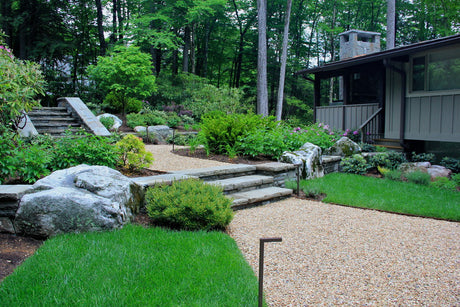
Introduction
Night photography is an art form that transforms the mundane into the magical. With the right techniques and tools, you can capture stunning scenes that showcase the beauty of the night. One of the most crucial elements in night photography is lighting, and outdoor lighting products like in-ground lights, path lights, and spot lights can significantly enhance your photos. In this blog, we'll explore how to use these lighting tools to create captivating night images.
Understanding Night Photography
Night photography involves capturing images in low-light conditions, which can be challenging but immensely rewarding. The key to successful night photography lies in mastering the balance between exposure, ISO, and shutter speed. However, incorporating outdoor lighting can add a new dimension to your photos, making them more dynamic and visually appealing.
In-Ground Lights: Creating Subtle Illuminations
In-ground lights are perfect for adding subtle illumination to your night photos. These lights are installed flush with the ground, making them an unobtrusive lighting option. Here’s how you can use them:
Highlighting Pathways and Walkways: In-ground lights can be used to illuminate pathways, creating leading lines in your photos. This technique draws the viewer's eye into the scene, adding depth and perspective.
Accentuating Landscapes: Use in-ground lights to highlight landscape features such as trees, shrubs, or architectural elements. This can create interesting shadows and contrasts, adding texture to your images.
Creating Mood and Ambiance: The soft, diffused light from in-ground lights can add a warm, inviting glow to your photos, enhancing the overall mood and ambiance.

Path Lights: Guiding the Way
Path lights are designed to illuminate walkways and garden paths, providing both safety and aesthetic appeal. Here’s how you can incorporate them into your night photography:
Leading Lines: Similar to in-ground lights, path lights can create leading lines that guide the viewer’s eye through the image. Position them along a path or garden walkway to create a sense of direction and movement.
Foreground Interest: Path lights can add interest to the foreground of your photos, creating a layered effect. This technique adds depth and dimension, making your images more engaging.
Balancing Light and Shadow: Path lights can be used to balance light and shadow in your photos. By strategically placing them, you can create a harmonious blend of illuminated and dark areas, adding visual interest.
Spot Lights: Focusing on Key Elements
Spot lights are powerful lighting tools that can be used to focus on specific elements in your photos. Here’s how to make the most of them:
Highlighting Focal Points: Use spot lights to highlight key focal points in your photos, such as a statue, fountain, or architectural feature. This draws attention to the subject and creates a dramatic effect.
Creating Contrast: Spot lights can create strong contrasts between light and shadow, adding drama and intensity to your images. Experiment with different angles and distances to achieve the desired effect.
Adding Depth: Spot lights can be used to create a sense of depth and dimension in your photos. By illuminating specific elements while leaving others in shadow, you can create a three-dimensional effect.

Tips for Successful Night Photography with Outdoor Lighting
Experiment with Angles: Don’t be afraid to experiment with different angles and positions for your lights. Changing the angle can dramatically alter the look and feel of your photos.
Use a Tripod: Night photography often requires long exposure times, making a tripod essential to avoid camera shake and ensure sharp images.
Adjust Your Camera Settings: Play around with your camera settings to find the right balance of ISO, shutter speed, and aperture. Each lighting situation is unique, so it’s essential to adjust your settings accordingly.
Post-Processing: Use photo editing software to enhance your images further. Adjusting the brightness, contrast, and color balance can make a significant difference in the final result.
Conclusion
Night photography offers a unique opportunity to capture the world in a different light—literally. By incorporating outdoor lighting products like in-ground lights, path lights, and spot lights, you can create stunning, dynamic scenes that captivate the viewer. With practice and experimentation, you'll be able to master the art of night photography and produce breathtaking images that showcase the beauty of the night.










